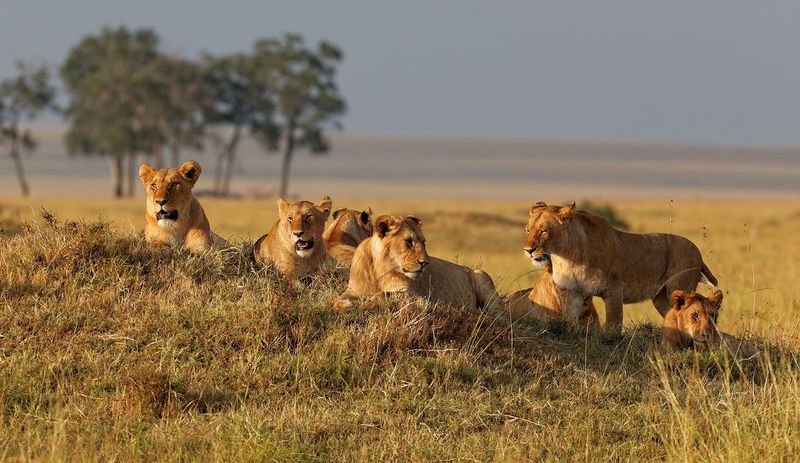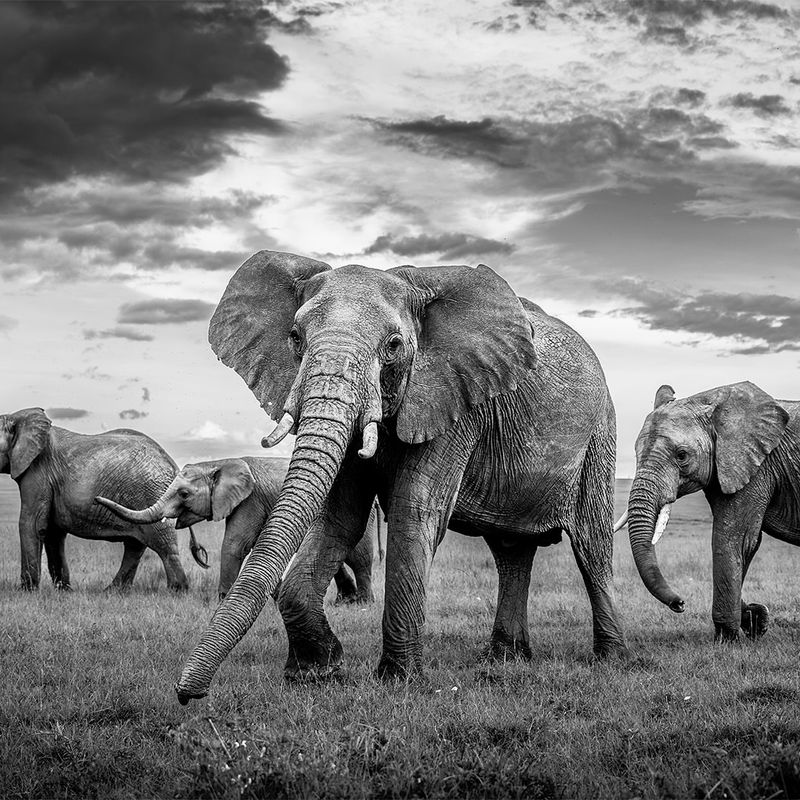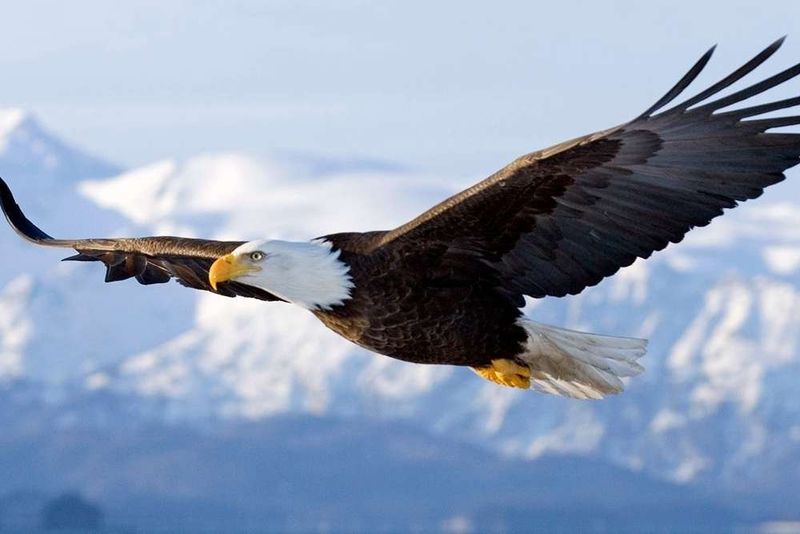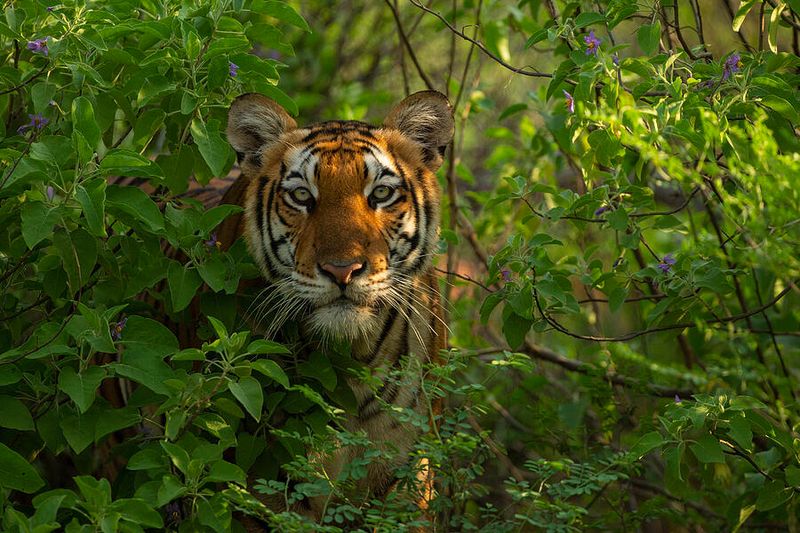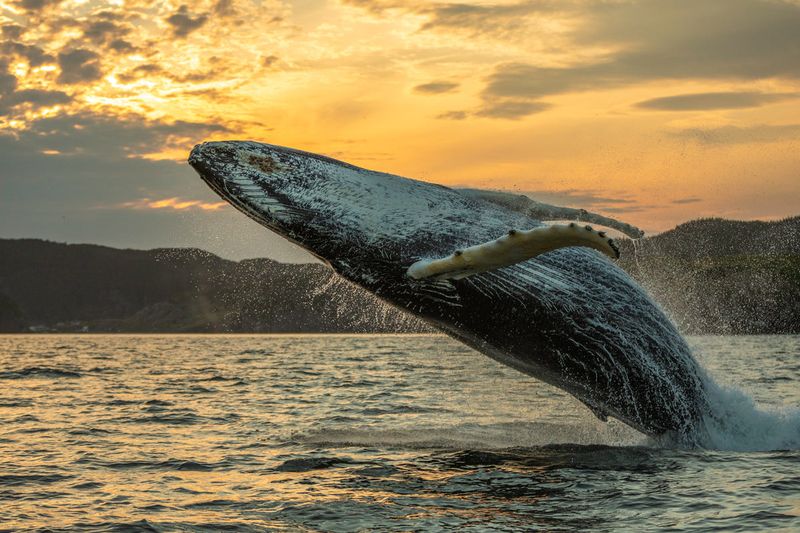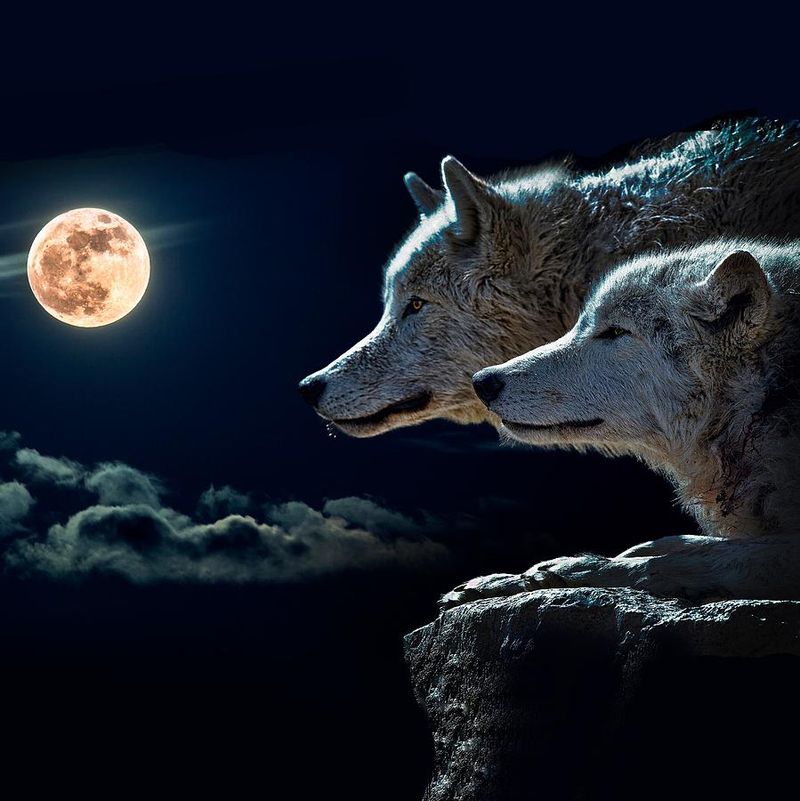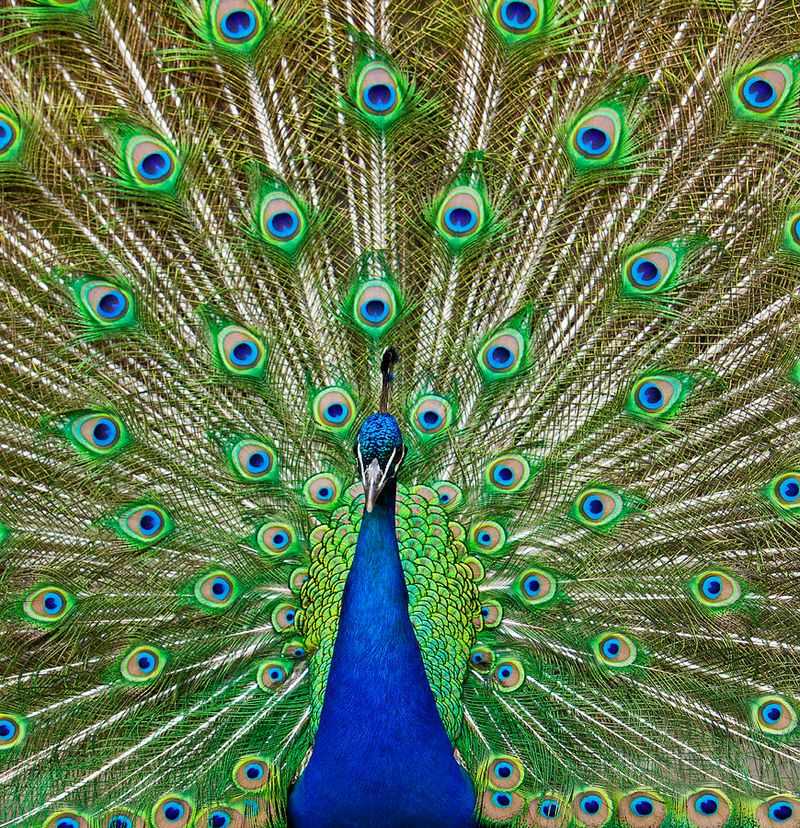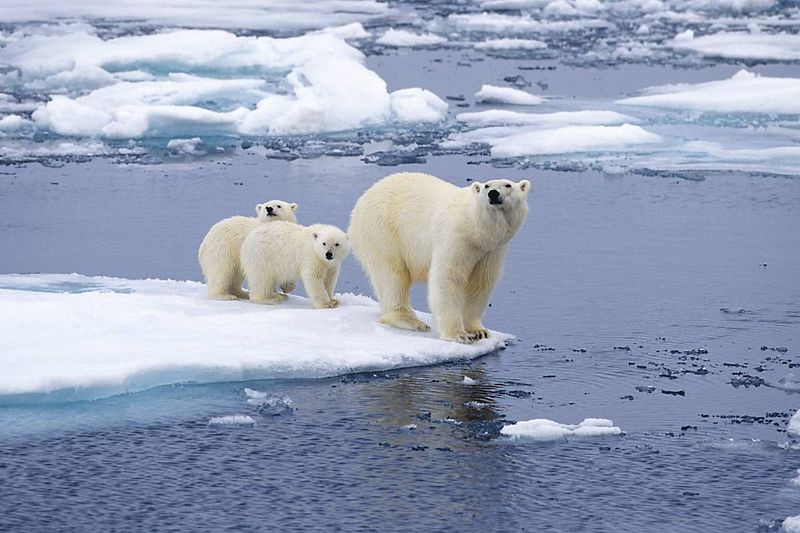Across continents and cultures, certain animals stand out—not just for their beauty, power, or size, but for the way they’ve captured our imagination. These creatures are more than just wildlife; they are symbols of strength, guardians of myth, and emblems of the wild’s enduring mystery. In this edition of The Majestic Menagerie, we spotlight five legendary species that have earned their place in nature’s hall of fame.
The Lion: King of Beasts and Symbol of Power
No animal embodies majesty quite like the lion. With its thunderous roar, commanding presence, and golden mane, the lion has long been a symbol of courage, royalty, and dominance. Living in prides on the African savannah, lions are one of the few big cats to thrive in social groups. Their coordinated hunting strategies and protective pride dynamics showcase intelligence and strength.
But their regal image extends far beyond biology. From ancient Assyrian sculptures to modern national emblems, lions have ruled our stories for millennia. Despite their iconic status, lions face mounting threats from habitat loss and poaching. Conservation efforts now aim to protect their legacy, ensuring that the roar of the king continues to echo across the plains.
The Elephant: Gentle Giant with a Powerful Memory
Elephants are revered as wise, emotional, and deeply connected beings. Known for their immense size and complex social bonds, they navigate the world with remarkable intelligence. Matriarch-led herds pass down knowledge through generations, from migratory routes to water sources.
Elephants mourn their dead, show empathy, and even recognize themselves in mirrors—an indicator of high cognitive function. Their trunks, capable of both delicate gestures and immense strength, are among the most versatile tools in the animal kingdom. In many cultures, elephants symbolize memory, longevity, and spiritual power.
Yet they are also among the most threatened, targeted for ivory and displaced by human expansion. These gentle titans remind us that greatness often walks softly—and that majesty deserves protection.
The Eagle: Soaring Emblem of Freedom and Vision
With wings spread wide and eyes sharp as lasers, the eagle is the very image of power and freedom in flight. These raptors dominate the skies with incredible vision—some can spot prey from over two miles away—and a flight style that combines grace and might.
The bald eagle in particular has become a national symbol in the U.S., but across cultures, eagles have always represented divinity, vision, and authority. In mythology, they are often seen as messengers of the gods or rulers of the heavens.
Their aerial acrobatics and hunting prowess are awe-inspiring, but eagles also play vital ecological roles, keeping ecosystems balanced. Watching an eagle soar reminds us of nature’s grandeur—and our own desire to rise above and see the bigger picture.
The Tiger: Silent Stalker of the Jungle
A flash of orange and black in the dense jungle foliage is all it takes to feel the presence of the tiger—nature’s perfect blend of stealth and strength. Tigers are solitary hunters, known for their ability to move in near silence and strike with lethal precision. Each stripe pattern is as unique as a fingerprint, camouflaging them in tall grasses and forests.
Tigers are also cultural powerhouses, symbolizing bravery, beauty, and fearsome energy in many Asian traditions. Sadly, all six tiger subspecies are endangered, victims of habitat loss, poaching, and human conflict.
Despite their elusive nature, tigers inspire fierce loyalty among conservationists. To protect the tiger is to protect the heart of the wilderness itself—a silent guardian draped in majesty.
The Panda: Peaceful Icon of Conservation
With their expressive eyes and plush black-and-white coats, pandas seem almost designed to melt hearts. Native to the misty bamboo forests of China, pandas are a symbol of gentleness, balance, and endangered beauty.
Unlike their more aggressive bear cousins, pandas lead mostly solitary and peaceful lives, spending up to 14 hours a day munching bamboo. They’ve become unlikely ambassadors for wildlife conservation, with global campaigns rallying to protect their shrinking habitat.
Thanks to these efforts, pandas have been downgraded from “endangered” to “vulnerable”—a rare conservation success story. Culturally, pandas embody harmony, patience, and peaceful strength. They remind us that not all majesty is loud or ferocious—sometimes, it lies in quiet resilience and a bamboo-stuffed smile.
The Humpback Whale: Ocean’s Melodic Giant
The vast ocean is home to many wonders, but few can match the majestic grace of the humpback whale. Renowned for their enchanting songs that can travel vast distances underwater, these marine giants are a symbol of the deep’s mystery and awe.
Their acrobatic breaches and tail slaps not only showcase their immense power but also their playful nature. Humpback whales migrate thousands of miles each year, from polar feeding grounds to tropical breeding areas, creating a rhythmic cycle of life that captivates scientists and nature lovers alike.
Conservation efforts have helped humpback whale populations recover from the brink of extinction. These gentle leviathans remind us of the ocean’s splendor and the urgent need to protect marine ecosystems. Watching a humpback breach is witnessing the ocean’s heart beating strong and free.
The Wolf: Guardian of the Wild’s Harmony
With a howl that echoes through the wilderness, the wolf is an emblem of untamed nature and social complexity. Wolves are known for their strong familial bonds and intricate pack structures led by alpha pairs that ensure the survival of the group.
Although often misunderstood as ruthless predators, wolves play a crucial role in maintaining ecological balance by controlling deer and other prey populations. Their reintroduction to areas like Yellowstone has revitalized entire ecosystems, proving their importance to biodiversity.
Culturally, wolves feature prominently in folklore and myth, symbolizing cunning, loyalty, and the wild’s untamed spirit. Despite past persecution, wolves continue to inspire awe and respect, reminding us of the delicate dance of predator and prey that sustains the natural world.
The Peacock: Nature’s Living Kaleidoscope
When a peacock fans its tail, it’s like watching a living rainbow unfold. With iridescent blues and greens, these birds have captured human fascination for centuries. Native to South Asia, peacocks are a national symbol of India, embodying beauty and nobility.
Their dazzling plumage serves to attract mates, but it also warns predators of their agility and speed. Beyond their striking appearance, peacocks play a role in pest control, feeding on insects and small creatures in their habitat.
In mythology and art, peacocks are symbols of immortality and renewal, often associated with deities and royalty. Their mesmerizing display is a reminder of nature’s artistry and the complex dance of attraction and survival that defines life in the wild.
The Polar Bear: Ice’s Resilient Monarch
In the stark, icy wilderness of the Arctic, the polar bear stands as a resilient monarch of the cold. These powerful creatures are superbly adapted to life on the ice, with their thick fur and layer of blubber providing insulation against freezing temperatures.
Polar bears are expert hunters, relying on sea ice to catch seals, their primary food source. However, climate change poses a grave threat to their habitat, leading to decreased ice cover and challenging their survival.
The plight of the polar bear has become a symbol for environmental conservation, highlighting the urgent need to address global warming. These majestic bears are not just icons of the Arctic; they are harbingers of change, urging us to protect the fragile ice they call home.
The Dolphin: Ocean’s Playful Ambassador
Dolphins, with their playful antics and intelligent eyes, are the ocean’s most charming ambassadors. Known for their acrobatics and social behavior, they often form pods that traverse the oceans in search of food and adventure.
These marine mammals communicate using a complex system of clicks and whistles, showcasing a level of intelligence that fascinates scientists and delights spectators. Dolphins are also known to assist humans, both in the wild and in therapeutic settings, highlighting their empathetic nature.
In many cultures, dolphins symbolize joy, freedom, and harmony with nature. Their presence in the ocean is a reminder of the interconnectedness of life and the playful spirit that thrives beneath the waves. Protecting dolphins means preserving the rich tapestry of marine life they represent.
